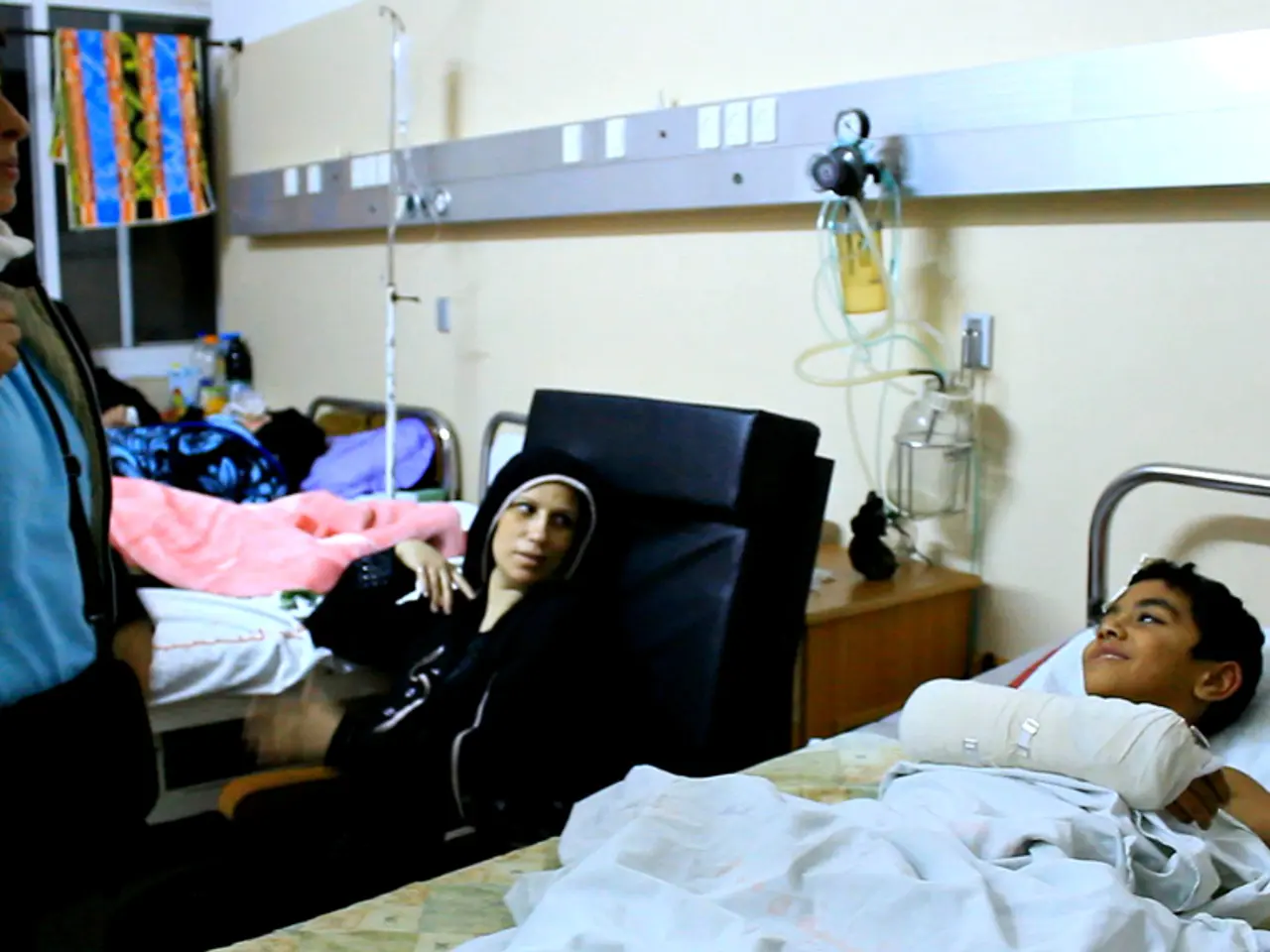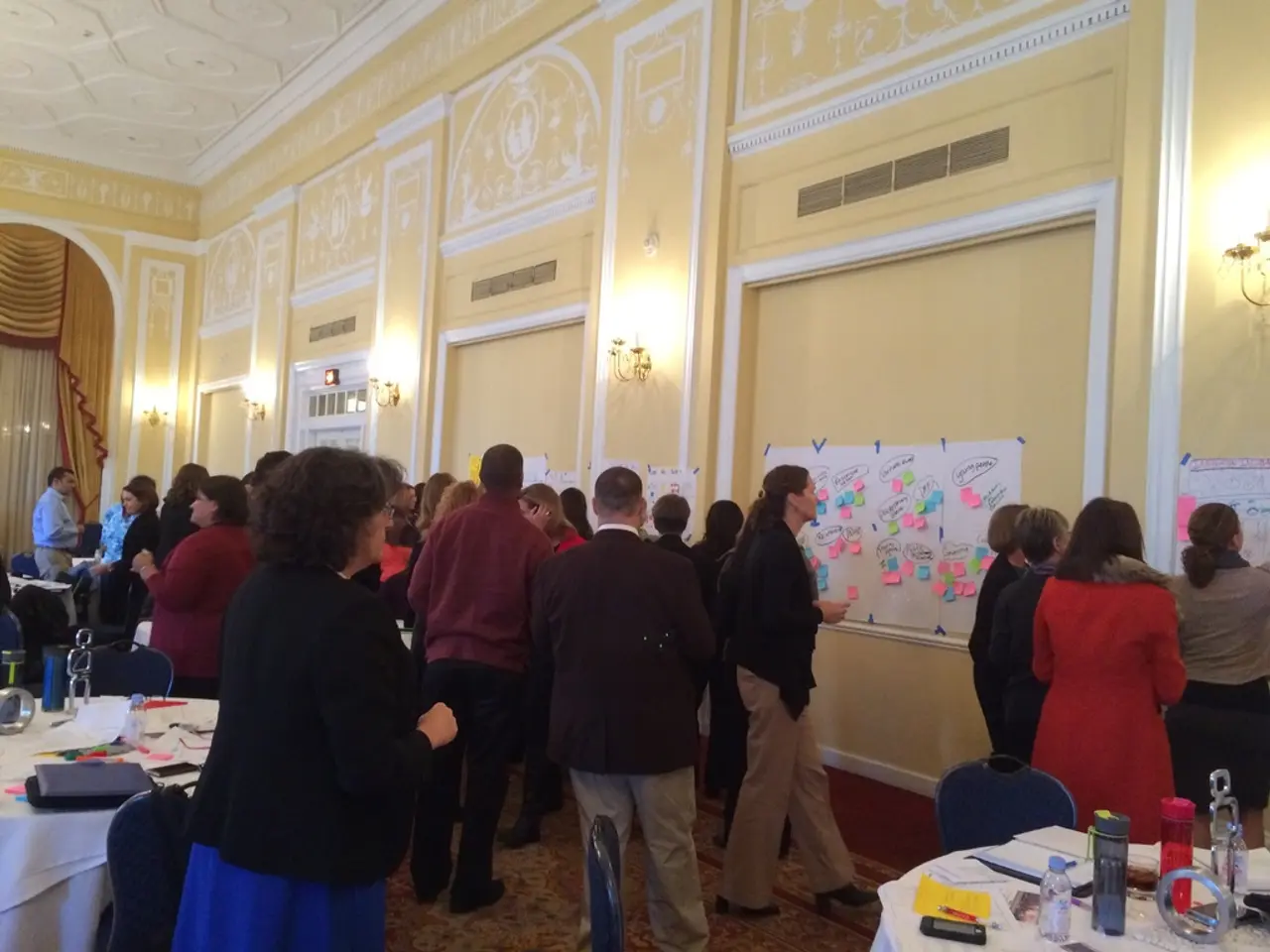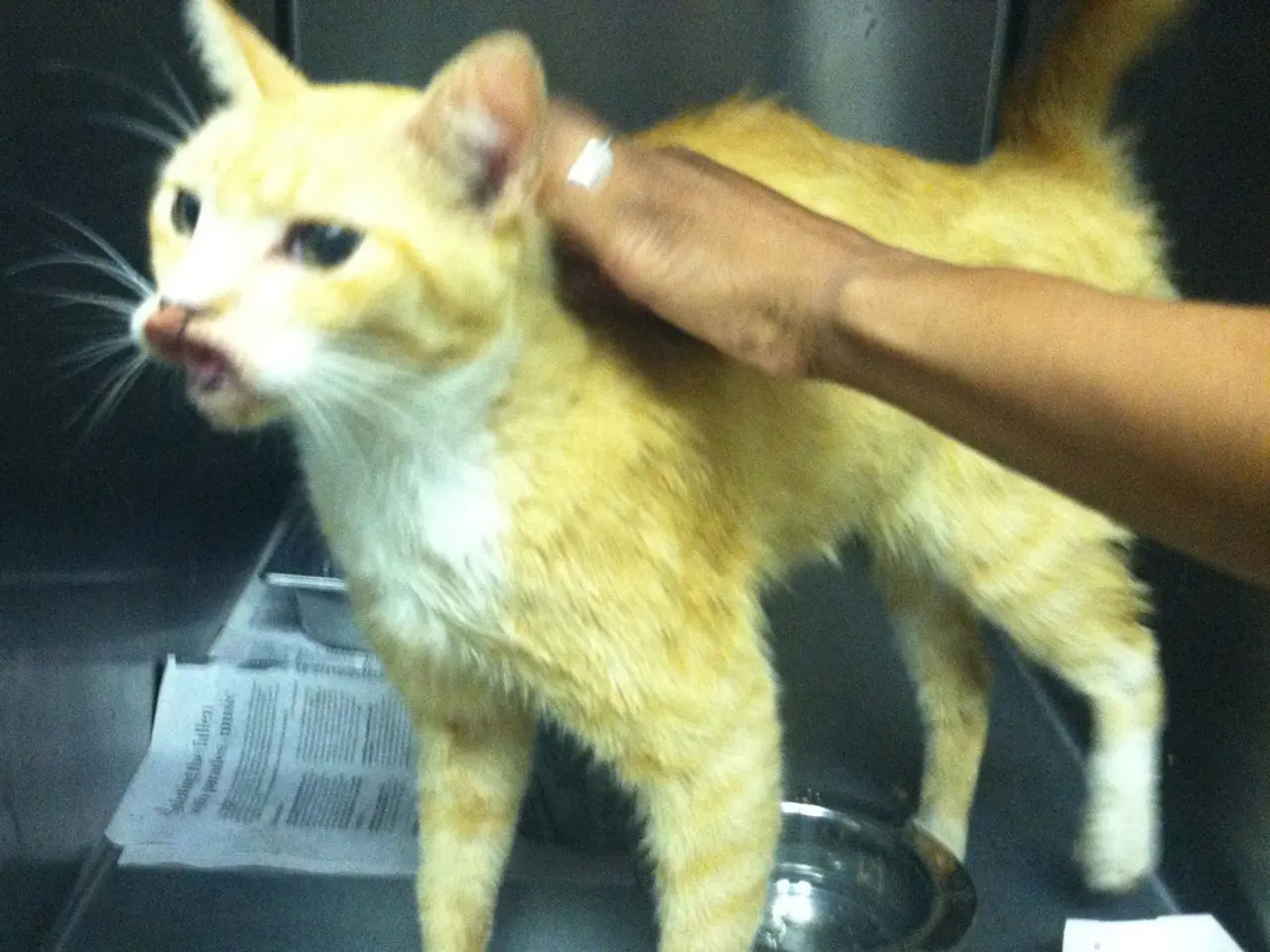Reduced Medicaid funding potentially exacerbates nursing shortage crisis in the state.
In the coming years, New York's hospitals are bracing for significant financial challenges due to projected Medicaid cuts. These cuts are expected to put enormous strain on hospitals, particularly safety-net and rural hospitals, leading to potential closures and exacerbating existing workforce shortages, including nursing staff.
The anticipated impact on New York's hospitals is expected to start around FY 2027, with an estimated $1.4 billion loss to hospitals linked to reductions in Disproportionate Share Hospital (DSH) funding, a major source of federal Medicaid support for safety-net hospitals[1]. The overall reduction in Medicaid funding nationwide—projected at $930 billion under certain legislative proposals—threatens hospital revenue substantially, as Medicaid currently accounts for about 19% of hospital revenue[2].
This financial pressure translates into intensified workforce pressures for nurses. The American Nurses Association warns that Medicaid cuts will deepen nurse burnout, moral injury, and workforce attrition, further straining hospitals already struggling with staffing shortages[2]. Reduced hospital revenue may force cuts to nursing and other staff, compounding these issues.
In rural areas and hospitals serving low-income populations in New York, these financial pressures risk leading to closures, forcing nurses and other healthcare professionals to absorb heavier caseloads and leading to job losses estimated at 302,000 to 408,000 nationwide[4]. With fewer resources and fewer staff, patient outcomes may worsen.
Despite some funding designated to support rural hospitals ($10 billion annually nationwide, with an estimated $200 million guaranteed annually for New York), this is considered insufficient relative to the scope of need[1].
The nursing workforce in New York and across the country has been struggling to fill roles due to poor working conditions and pay imbalances. The New York State Nurses Association (NYSNA) is fearful of the potential impacts of the Medicaid cuts on their more than 42,000 members. NYSNA President Nancy Hagans has stated that nurses are already losing their jobs, citing recent layoffs at the New York-Presbyterian Health system[3].
Hospitals, including The University of Vermont Health Network, are uncertain about the effects of changes in Medicaid funding. Hagans warns that patients will bear the consequences of a reduced nursing workforce, potentially leading to deaths[4]. The federal spending bill has raised concerns about the impact of Medicaid cuts on patient care access in New York.
Alice Hyde Medical Center, Champlain Valley Physicians Hospital, and Elizabethtown Community Hospital serve some of the most rural parts of New York and many in the community rely on Medicaid and Medicare for their healthcare. The union, NYSNA, contends that patients receiving Medicaid or Medicare make up a small share of the hospital's patient population[5].
Any cut to Medicaid will have a significant impact on these hospitals and challenge them to rethink how they provide care to their communities. The New York-Presbyterian Health system has blamed some of its layoffs on the looming Medicaid cuts[6]. Nancy Hagans, the President of the New York State Nurses Association (NYSNA), is preparing for negotiations for a new contract that will cover more than 17,000 nurses[7].
In summary, Medicaid cuts threaten to increase financial strain on New York hospitals, particularly safety-net and rural facilities, which will likely reduce hospital staffing levels and worsen the nursing workforce crisis by increasing burnout and attrition[1][2][4]. Hospitals must prepare for these changes and consider innovative solutions to maintain quality care for their communities.
References: [1] KHN. (2021). New York's Rural Hospitals Brace for Medicaid Cuts. Retrieved from https://khn.org/news/article/new-york-rural-hospitals-brace-for-medicaid-cuts/
[2] American Nurses Association. (2021). Medicaid Cuts Will Deepen Nurse Burnout, Moral Injury, and Workforce Attrition. Retrieved from https://www.nursingworld.org/news/news-releases/2021/03/medicaid-cuts-will-deepen-nurse-burnout-moral-injury-and-workforce-attrition/
[3] NYSNA. (2021). NYSNA Prepares for Contract Negotiations Covering More Than 17,000 Nurses. Retrieved from https://www.nysna.org/nysna-prepares-for-contract-negotiations-covering-more-than-17000-nurses/
[4] KHN. (2021). Medicaid Cuts Could Lead to Staffing Shortages Among Nurses. Retrieved from https://khn.org/news/article/medicaid-cuts-could-lead-to-staffing-shortages-among-nurses/
[5] NYSNA. (2021). NYSNA Contends That Patients Receiving Medicaid or Medicare Make Up a Small Share of the Hospital's Patient Population. Retrieved from https://www.nysna.org/nysna-contends-that-patients-receiving-medicaid-or-medicare-make-up-a-small-share-of-the-hospitals-patient-population/
[6] New York-Presbyterian Health system. (2021). New York-Presbyterian Health system Blames Some of Its Layoffs on the Looming Medicaid Cuts. Retrieved from https://www.nyph.org/news/2021/03/new-york-presbyterian-health-system-blames-some-of-its-layoffs-on-the-looming-medicaid-cuts
[7] Fiscal Policy Institute. (2021). Approximately 19,000 Jobs Will Be Cut from Hospitals Due to the Medicaid Cuts. Retrieved from https://fiscalpolicy.org/approximately-19000-jobs-will-be-cut-from-hospitals-due-to-the-medicaid-cuts/
- The financial challenges faced by New York's hospitals due to Medicaid cuts could potentially impact the health-and-wellness of their communities, as reduced hospital revenue may force cuts to nursing and other staff, compounding workforce issues and possibly leading to avoidable patient outcomes.
- As the nursing workforce in New York and across the country struggles with poor working conditions and pay imbalances, the anticipated Medicaid cuts threaten to deepen nurse burnout, moral injury, and workforce attrition, particularly in safety-net and rural hospitals, thereby exacerbating existing health-and-wellness concerns.




